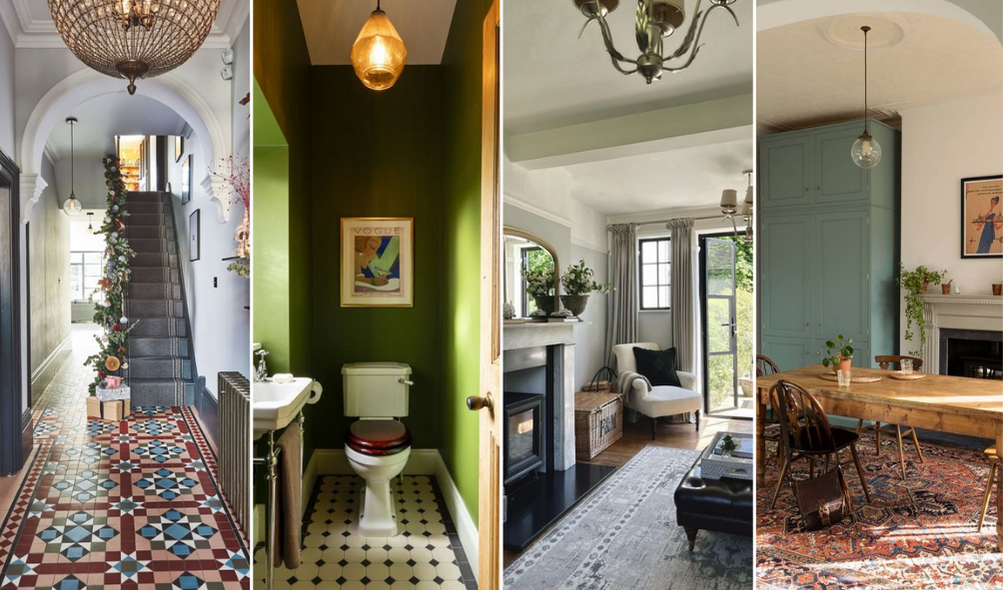
FAQ About Edwardian House Decor

Were Edwardian fireplaces typically ornate or more understated?
Edwardian fireplaces displayed a shift in design sensibilities from the elaborate and ornate styles of the Victorian era. While some Edwardian fireplaces retained a degree of decorative detailing, the overall trend leaned toward more understated and simplified designs. The Edwardian period, spanning from 1901 to 1910, favored a lighter and more elegant aesthetic influenced by the Arts and Crafts movement. Here are characteristics that describe both ornate and understated features of Edwardian fireplaces:
Ornate Features:
- Tile Surrounds: Some Edwardian fireplaces featured ornate tile surrounds. These tiles often showcased intricate patterns, floral motifs, or Art Nouveau-inspired designs. Richly colored tiles in greens, blues, and earth tones were popular choices.
- Carved Wood Mantels: While less elaborate than Victorian counterparts, some Edwardian fireplaces still had mantels with carved wood detailing. The carvings could include geometric patterns, scrolls, or subtle floral motifs.
- Decorative Metalwork: Ornate metalwork, such as brass or copper fenders and fire screens, added a touch of luxury to Edwardian fireplaces. These elements could feature intricate patterns or Art Nouveau-inspired designs.
- Floral Motifs: The use of floral motifs, inspired by nature, was common in both tile surrounds and carved wood detailing. Flowers, leaves, and vines might be incorporated into the design, reflecting the influence of the Arts and Crafts movement.
- Stylized Columns or Pillars: Some Edwardian fireplaces featured columns or pillars on either side of the firebox, adding a classical touch. These columns might be adorned with subtle detailing or fluting.
Understated Features:
- Clean Lines: Edwardian fireplaces often had cleaner and simpler lines compared to the ornate designs of the Victorian era. Straightforward and uncluttered designs were favored, contributing to a more understated look.
- Minimal Carving: While some mantels might have had minimal carving, it was typically less intricate and more in line with the overall simplicity of Edwardian design. Carved details were often limited to subtle geometric patterns.
- Subdued Colors: The color palette of Edwardian fireplaces tended to be more subdued. Soft earth tones, whites, and light colors were common, creating a lighter and airier feel in the room.
- Rectangular Shapes: Edwardian fireplaces often featured rectangular shapes, emphasizing a more streamlined and modern aesthetic. The focus was on creating a balanced and proportionate design without excessive ornamentation.
- Tiled Hearth Extensions: Some Edwardian fireplaces had tiled hearth extensions, but the designs were typically more restrained compared to the vibrant and complex patterns seen in Victorian fireplaces.
- Simpler Metalwork: If metalwork was present, it was often simpler and less elaborate than in the Victorian era. Plain brass or iron fenders and fire screens with clean lines were common.
